Even after retirement, it’s normal to feel uncertain about whether your money will last and whether you’re making the most of what you’ve worked for. Many Australians in their late 60s and 70s share the same concerns:
Am I getting all the Age Pension I’m entitled to?
Am I using my super in the most effective way?
Will my savings stretch as long as I need them to?
If you’ve ever wondered the same, you’re not alone. At this stage of life, finances are only part of the picture – there’s also lifestyle, health, and planning for future needs which may include aged care. With so much to think about, it can feel overwhelming.
The easiest way to start making sense of it all is with a free Retirement Essentials 10-minute phone discussion. In this short conversation, our experienced team members will listen to your situation, help you identify priorities, and clarify which of our services are most relevant to your particular




